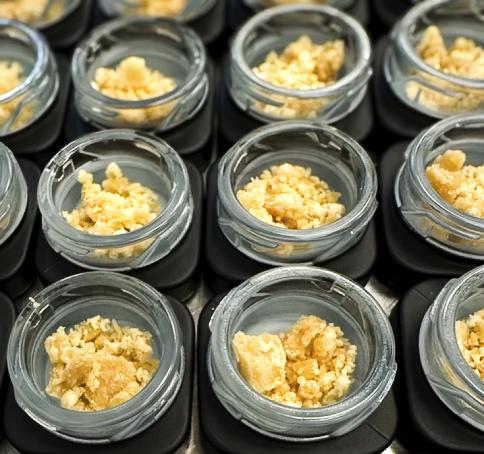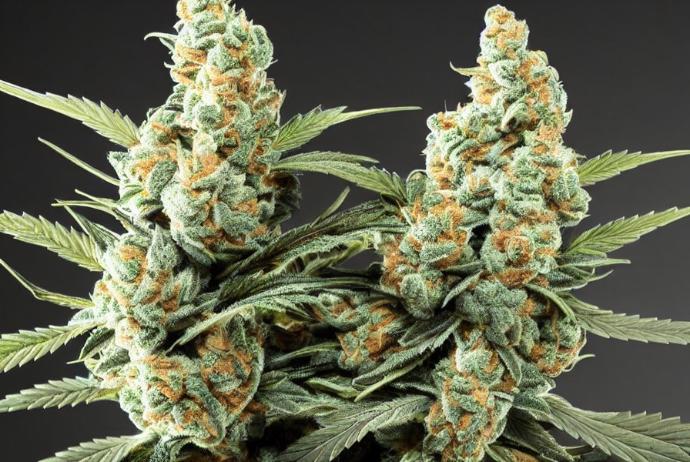Introduction to Phellandrene
Phellandrene, comprising primarily of alpha-phellandrene and beta-phellandrene, is a lesser-known but fascinating terpene with a distinctive minty-citrus profile that hints at a peppery spice. Often overshadowed by more common terpenes like limonene and pinene, phellandrene offers unique aromatic and potential therapeutic qualities that have captivated both traditional users and modern scientists.
Historical Insights into Phellandrene
Discovery and Traditional Uses
Phellandrene was first identified in the late 19th century from the essential oil of eucalyptus. Historically, the oils rich in phellandrene were used by indigenous cultures for a variety of purposes, from medicinal treatments to spiritual practices. Traditional applications often exploited its aromatic properties to ward off illnesses and in topical applications to treat fungal infections and skin conditions.
Commercial Evolution
As the study of essential oils grew more sophisticated, phellandrene began to be recognized for its role in the flavors and fragrances industry. Its sharp, refreshing notes made it ideal for inclusion in perfumes and food products as a flavor enhancer. Over time, its application expanded beyond just sensory enhancement to being a key ingredient in aromatherapy products, leveraging its reputed energizing effects.
Natural Sources of Phellandrene
Contributions to Scents and Flavors
Phellandrene's minty-citrus aroma with a peppery finish provides an uplifting and refreshing experience, making it a prized component in many aromatic blends. Its presence is said to enhance the perception of other fragrances and flavors within a product, adding a layer of complexity that can transform a simple scent into something more intriguing.
Key Natural Sources
- Water Fennel (Oenanthe aquatica): Known for its high phellandrene content, contributing to its sharp, herbal aroma.
- Eucalyptus: Various species of eucalyptus emit this terpene, adding to their characteristic minty scent.
- Mint: Adds a spicy yet cooling sensation to the traditional mint aroma.
- Parsley: Enhances the herb's fresh, woody aroma with a touch of spiciness.
- Dill: Contributes to the grassy and slightly citrus notes of dill, enhancing its culinary appeal.
These plants not only benefit from phellandrene's aromatic properties but also its potential ecological roles, such as attracting pollinators and repelling herbivorous pests.
Contemporary Perspectives on Phellandrene
Recent Research and Consumer Products
In recent years, research into phellandrene has begun to uncover its potential beyond just aroma. Preliminary studies suggest that it may have anti-inflammatory and anti fungal properties, although these findings are still early and require further investigation and clinical trials to confirm efficacy. In the consumer market, phellandrene is found in an array of products, from perfumes and soaps designed to invigorate the senses to dietary supplements marketed for their natural vitality-boosting properties.
Extraction and Synthesis Techniques
Phellandrene is typically extracted through steam distillation of plant material rich in this terpene. Recent advancements in technology have also allowed for more efficient methods of extraction and even synthesis, ensuring a more sustainable and consistent supply for industrial use, especially as the demand in various sectors grows.

Future Implications for Phellandrene
Innovations in Extraction and Ethical Considerations
The future of phellandrene looks promising, with ongoing improvements in extraction technologies that promise greater yield and purity. Ethical sourcing and sustainability remain at the forefront of the industry's mind, as the balance between natural extraction and synthetic production seeks to minimize environmental impact while meeting market demands.
Market Growth and Potential
The market for phellandrene is expected to expand as both research and consumer interest continue to grow. Its multifaceted applications in healthcare, wellness, and culinary fields suggest a broadening scope of use, potentially leading to significant market growth in the natural products sector.
The Vibrant World of Phellandrene
Phellandrene's journey from a background terpene to a star in its own right reflects its cultural and holistic significance. As we continue to explore and harness the benefits of such natural compounds, phellandrene stands out for its ability to enhance both our well-being and our sensory experiences. Its continued relevance in various industries is a testament to the enduring relationship between nature's gifts and human innovation, promising a future where both can thrive in harmony.























